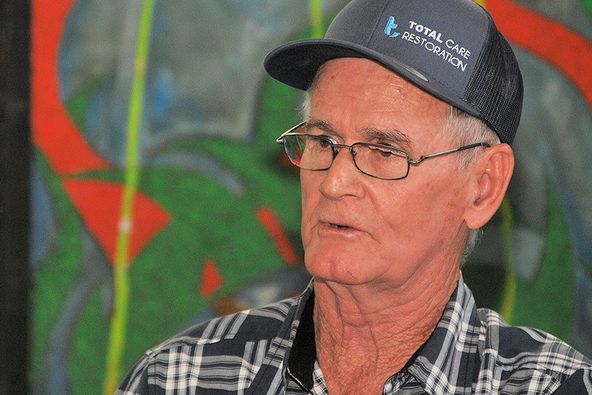
While the caravan with Fidel's ashes traveled through Cuba heading to Santa Ifigenia, many children of these lands recalled their encounters with the Commander in Chief; some, closer, others, just an exchange of words or a careless look, on any given day. In that evocation was Norge Santiesteban, 26's photographer for decades, who on five different occasions was close to the Leader of the Revolution.
Las Tunas, Cuba.- “I knew about the existence of Fidel and the rebels when I was a child because there was constant talk about it in the neighborhood. I remember that my father had a gun in the house and, one time, some men showed up to look for it. They came hooded so that their faces could not be seen and the only thing we knew was that they were from those who rebelled against Batista.
“We lived in Calixto, Majibacoa and, at the beginning of 1959, my uncle came there and told us that the Revolution had triumphed and that it was best for us to go with him to my grandmother's house in Las Tunas. I was 8 years old when that.
“We left that day in a van and, in the middle of the road, we met the passing of the Freedom Caravan. I was impressed with all those bearded men who were in the cars and we were there, among them, for a good part of the way.”
Norge went as a child to Niquero, Granma, and perhaps he is one of the few people from Las Tunas who saw the Granma yacht there, before being located in Havana.
“Later, at school, they asked us to compose a text and I wrote about that experience, even the teacher was surprised by that.”
The child he was, one day grew up; he became a press correspondent, and the hustle and bustle that is typical of this profession took him to Fidel in various work circumstances. “I was at events for July 26 that were held in Santiago de Cuba, Cienfuegos, and Las Tunas; also on two of his tours through the territory; first, in one that he did for Covarrubias and, then, in the end-of-harvest ceremony that took place in the municipality of Jobabo.
“But the most curious thing that happened to me related to him was at an event in Santiago. It turns out that I knew that he was going there about four or five days before it happened and the little camera that I had only took photos at close range, as they say, which captured almost what was in front, nothing more.
“It occurred to me to invent a lens with an old one at the newspaper. I grabbed a stick of wood, painted it, made it pretty, and made a fitting with the lens held in place with two nails, I didn't tell anyone; I put it in the backpack. “Everyone was taking photos and I was embarrassed to take it out there, but I half 'hid' it, I hooked it on the camera and, at the right moment, I took it out.”
Between smiles he told us that with that “Cuban invention” he took the best photos of Fidel; and he even assured us that some are still in negative form, unrevealed, misplaced among his most valuable things.
Like him, many people from Las Tunas watched his ashes pass by with broken eyes and their hearts linked to their most intimate memory. That makes us inextricably part of the path of the man who made Cuba a different country, marked by the difficult path of freedom.